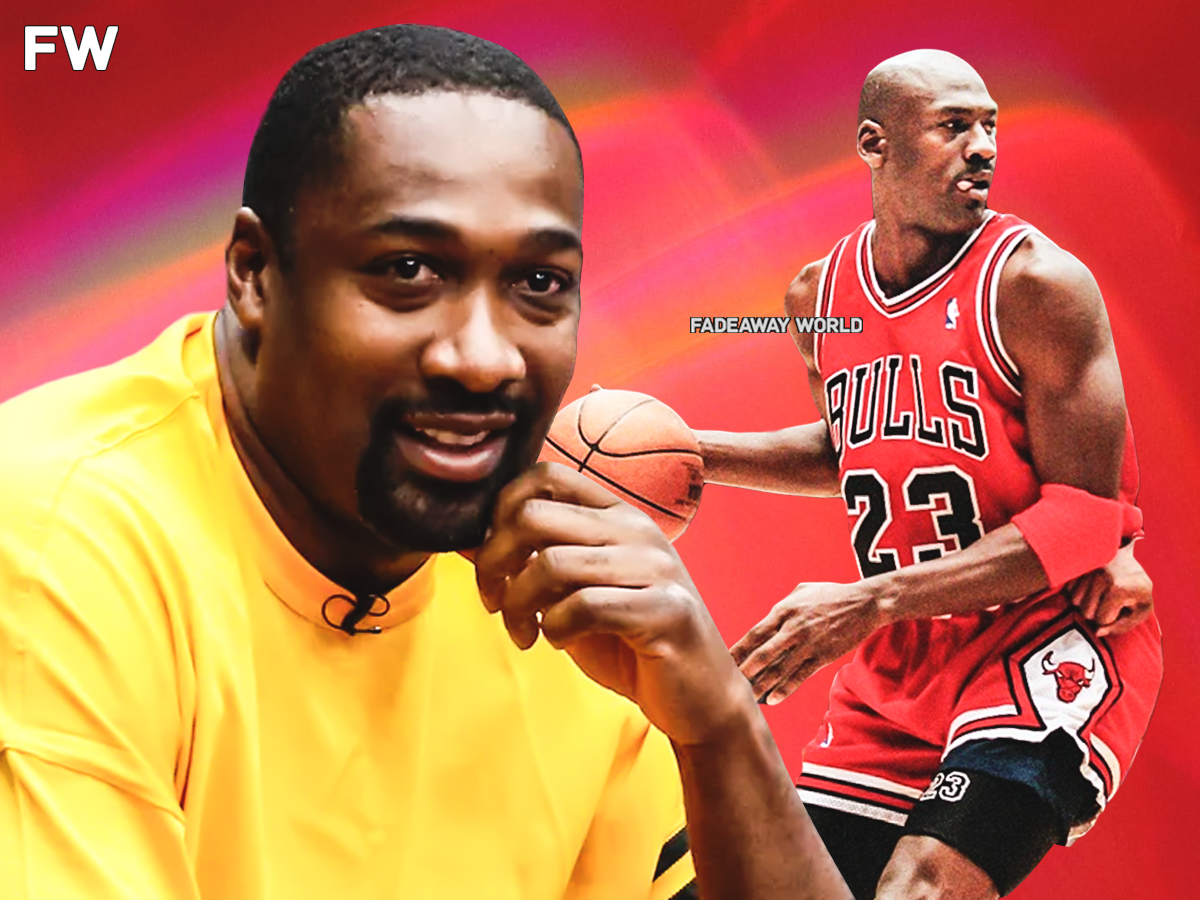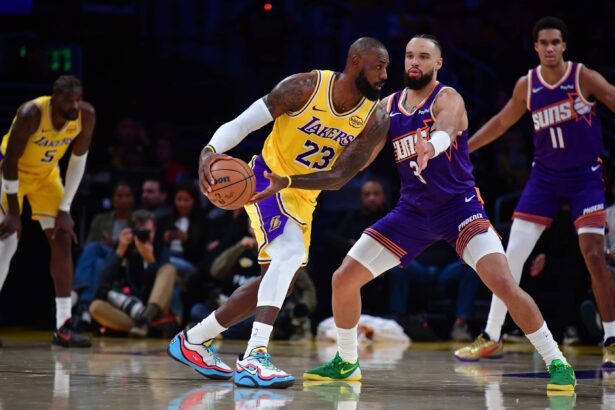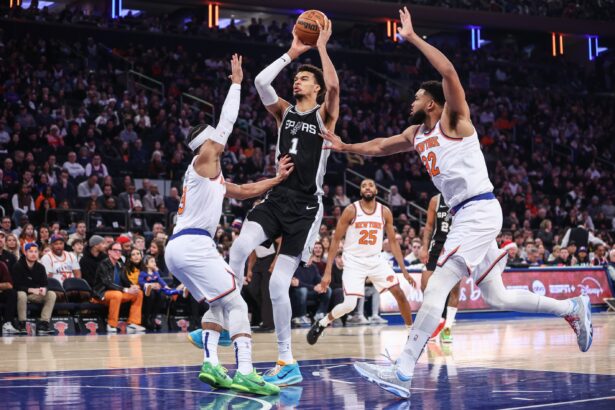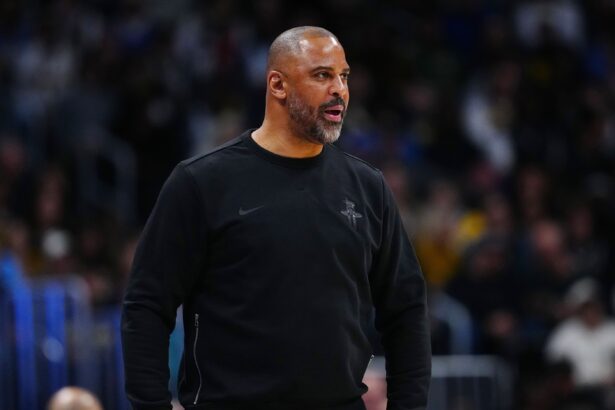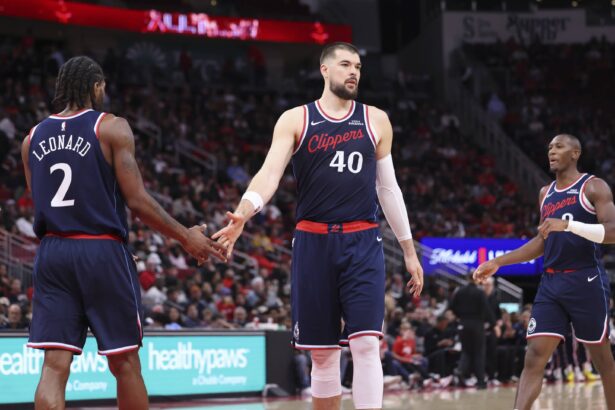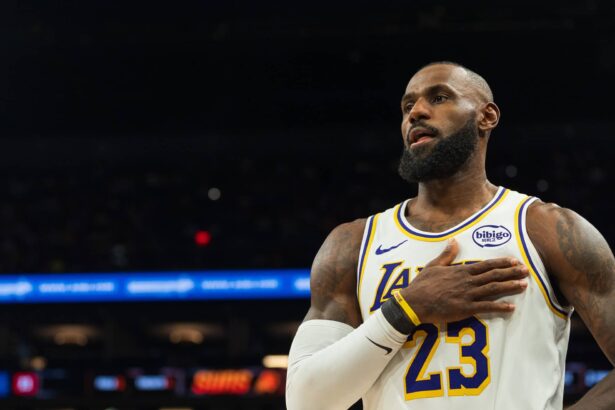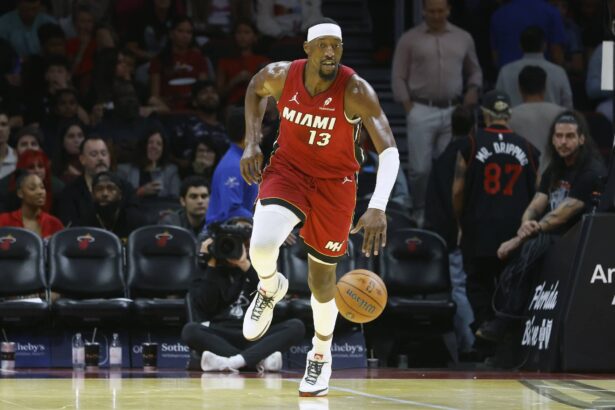On a recent episode of the “Gil’s Arena” show, former NBA star Gilbert Arenas made a controversial claim about Michael Jordan and the triangle offense, which was famously implemented by Phil Jackson during his tenure as the head coach of the Chicago Bulls. According to Arenas, the triangle offense actually hurt Michael Jordan rather than helping him.
“People think the triangle helped MJ. No, the triangle hurt MJ. MJ was the type of dude that he can get in his own. The triangle was to make sure everyone else played the right way. And eventually, that ball gonna find him.”
“It’s everybody touches it. Everybody touches the ball, everybody gets a feel for it. ‘Cause if not, no one’s gonna touch it.”
To understand Arenas’ perspective, it’s essential to examine Michael Jordan’s career before and after the introduction of the triangle offense and Phil Jackson’s arrival as the head coach of the Chicago Bulls.
Michael Jordan’s early years in the NBA were marked by his individual brilliance. Drafted by the Chicago Bulls in 1984, Jordan quickly established himself as one of the league’s most dominant players. From 1984 to 1989, Jordan averaged 32.6 points, 5.9 assists, and 6.3 rebounds per game. He won the NBA Rookie of the Year award in 1985 and claimed three scoring titles by 1989. His high-flying dunks, relentless scoring ability, and defensive prowess made him a global sensation.
Jordan’s accolades during this period included being named to the All-Defensive First Team in 1988 and 1989, and he won his first MVP award in 1988. Despite these individual achievements, the Bulls struggled to advance deep into the playoffs, often falling short against more balanced teams. Jordan’s brilliance was undeniable, but the team lacked the cohesion and strategy needed to contend for championships.
The arrival of Phil Jackson as the Bulls’ head coach in 1989 marked a turning point in Jordan’s career. Jackson introduced the triangle offense, a system designed to promote ball movement, teamwork, and equal opportunities for all players on the court. While some critics, like Arenas, argue that this system limited Jordan’s ability to dominate the ball, it also transformed the Bulls into a dynasty.
From 1989 to 1998, under Jackson’s leadership and the triangle offense, Jordan led the Bulls to six NBA championships. During this period, he averaged 31.0 points, 5.5 assists, and 6.4 rebounds per game. Jordan won four MVP awards and was named NBA Finals MVP all six times the Bulls captured the title. His legendary performances, including “The Flu Game” and his game-winning shot in the 1998 Finals, solidified his status as one of the greatest players in basketball history.
While Jordan was already a superstar before Jackson’s arrival, it was under Jackson’s coaching and within the framework of the triangle offense that he and the Bulls achieved unprecedented success. The system may have required Jordan to share the ball more and trust his teammates, but it also unlocked the full potential of the team, leading to six championships and cementing Jordan’s legacy as the GOAT.
Gilbert Arenas‘ claim that the triangle offense hurt Michael Jordan is an interesting perspective, but the reality is that the system, combined with Jackson’s coaching, helped elevate Jordan’s career to historic heights. The stats and achievements speak for themselves, showing that Jordan’s greatest successes came after embracing the team-oriented approach of the triangle offense.
Thank you for being a valued reader of Fadeaway World. If you liked this article, please consider following us on Google News. We really appreciate your support.

